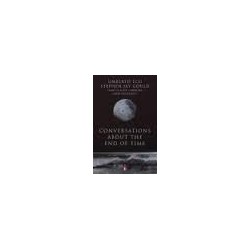Cart
0
Product
Products
(empty)
No products
To be determined
Shipping
R0
Total
Product successfully added to your shopping cart
Quantity
Total
There are 0 items in your cart.
There is 1 item in your cart.
Total products
Total shipping
To be determined
Total
 View larger
View larger
The Photographs of Margaret Bourke-White (Hardcover)
Bourke-White, MargaretUsed
OBZ: Photography
1 Item
Warning: Last items in stock!
More info
Margaret Bourke-White was a landmark American photojournalist. Remembered as the first female war correspondent and the first foreign photographer permitted to document Soviet industry, she captured countless iconic images of 20th-century life, conflict, and the politicians at its centre. -Photography is a very subtle thing. You must let the camera take you by the hand, as it were, and lead you into your subject,- she once reflected. Born Margaret White on June 14, 1904 in Bronx, NY, she attended several universities in her pursuit of a degree in herpetology. Although Bourke-White did not pursue a degree in photography in college, her father introduced her to the medium as a young woman. She turned her hobby into a career by opening a studio in Cleveland, where she specialized in architectural and industrial photography. She changed her name to include Bourke, her mothers maiden name, in order to seem more professional, beginning her career in photojournalism for Fortune magazine in 1929. Over the following decades, she worked for Life magazine, documenting the Dust Bowl in the American heartland and later the concentration camps left by the Nazi regime. One of her most iconic pictures came after the World War II, when she visited India and captured Mahatma Gandhi reading peacefully in his home, mere hours before his assassination in 1948. Bourke-White died on August 27, 1971 in Stamford, CT. Today, the artists works are in the collections of The Museum of Modern Art in New York, the Rijksmuseum in Amsterdam, and the Cleveland Museum of Art, among others. Hardcover. English. Martin Secker & Warburg. 1973 Rare First UK Edition. ISBN: 0436082357. 208 pp. Good with tatty dw in protective plastic. Book No: 64751
Reviews
No customer reviews for the moment.






























